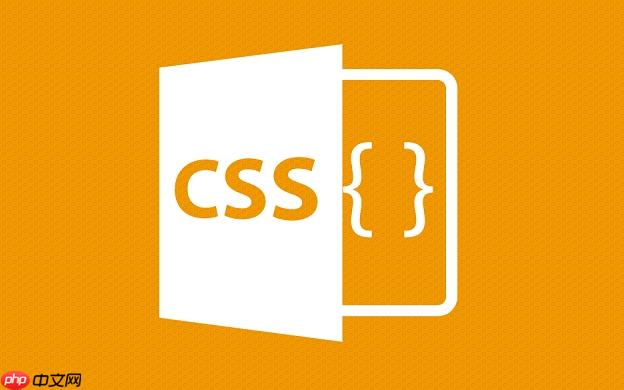使用CSS ::after伪元素可创建无额外标签的提示框箭头,通过设置content、position和border属性生成三角形,结合定位实现上下左右箭头,支持边框与阴影效果,兼容性好且简洁高效。

使用CSS伪元素
::after
::after
先创建一个提示框的基本样式,再通过
::after
.tip {
position: relative;
background: #007acc;
color: white;
padding: 10px 15px;
border-radius: 4px;
display: inline-block;
}
三角形通过设置宽高为0,利用边框(border)的透明与颜色差异来实现:
.tip::after {
content: '';
position: absolute;
top: 100%;
left: 50%;
margin-left: -10px;
width: 0;
height: 0;
border: 10px solid transparent;
border-top-color: #007acc; /* 箭头颜色与提示框一致 */
}
说明:
立即学习“前端免费学习笔记(深入)”;
根据需要改变箭头方向,只需调整边框和定位:
border-bottom-color
top: auto
bottom: 100%
border-left-color
right: 100%
top: 50%
margin-top: -10px
border-right-color
left: 100%
top: 50%
margin-top: -10px
如果提示框有边框或阴影,箭头也需要对应处理。可通过两层伪元素(
::before
::after
.tip::before {
content: '';
position: absolute;
bottom: 100%;
left: 50%;
margin-left: -11px;
width: 0;
height: 0;
border: 11px solid transparent;
border-bottom-color: #333; /* 阴影或边框色 */
}
<p>.tip::after {
content: '';
position: absolute;
bottom: 100%;
left: 50%;
margin-left: -10px;
width: 0;
height: 0;
border: 10px solid transparent;
border-bottom-color: #007acc;
}</p>这样可实现箭头外层有深色边框,视觉更立体。
基本上就这些,用
::after

每个人都需要一台速度更快、更稳定的 PC。随着时间的推移,垃圾文件、旧注册表数据和不必要的后台进程会占用资源并降低性能。幸运的是,许多工具可以让 Windows 保持平稳运行。

Copyright 2014-2025 https://www.php.cn/ All Rights Reserved | php.cn | 湘ICP备2023035733号